How to be a champagne snob
Warning: This might require a saber

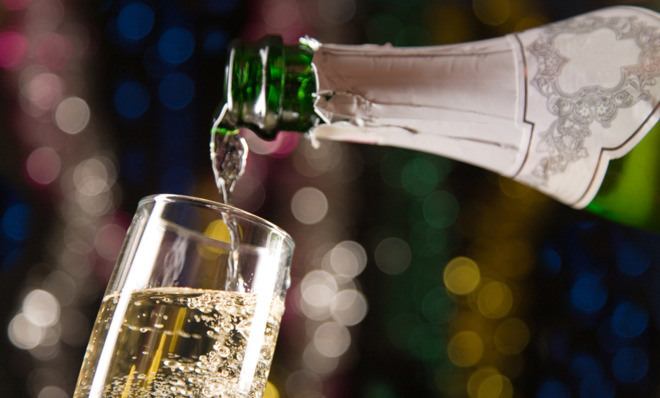
Champagne is possibly the most divine, spirit-lifting beverage you can possibly consume. It is not the cheapest. While the taste of a nice brut champagne can seem less complex than that of many other wines, it is a wine designed to elevate — your spirits and your status. It is not only possible but almost inevitable to be a champagne snob if you take a real liking to the stuff. Here, for your edification, is a brief glossary to help you talk impressively about champagne.
Champagne
Watch the capital letter: champagne is a sparkling wine and Champagne is the place in France it comes from, a region northeast of Paris. If it does not come from Champagne, it is not champagne, it's some other kind of sparking wine. The producers in Champagne defend the name vigorously.
The Week
Escape your echo chamber. Get the facts behind the news, plus analysis from multiple perspectives.

Sign up for The Week's Free Newsletters
From our morning news briefing to a weekly Good News Newsletter, get the best of The Week delivered directly to your inbox.
From our morning news briefing to a weekly Good News Newsletter, get the best of The Week delivered directly to your inbox.
Grand cru
Champagne is grown in many different vineyards. They are sorted into groupings called crus, which are based on the village they're associated with. There are three classes: The best are called grand cru, and the second-best are premier cru; the rest are just cru. The champagne-makers will generally buy grapes from several different vineyards, fermented separately and then blended together. The most expensive, of course, tend to use grapes from the better crus.
Chardonnay
This is a white wine grape. You probably know that; it's basic knowledge for any would-be wine snob. It's one of the three grapes that are used in making champagne. It's also the only white one of the three. The exact proportions used in any given champagne vary.
A free daily email with the biggest news stories of the day – and the best features from TheWeek.com
Pinot meunier
This is a black grape that is grown in Champagne and almost nowhere else. Treated as one normally treats grapes, it would make a red wine. Instead, the champagne producers press it gently and remove the skins immediately, giving a white juice. If they want to make a redder juice for a rosé, they leave the skins in a bit longer.
Pinot noir
This is another black grape that normally makes a red wine, as you probably know and should have guessed by now anyway, and it's the third grape used in making champagne. See pinot meunier for how it's handled.
Blanc de blancs
This is French for "white of whites," meaning the champagne in your bottle is made entirely with chardonnay grapes.
Blanc de noirs
This means "white of blacks." It means the champagne in your bottle is made entirely from pinot noir and/or pinot meunier.
Rosé
If you want to be a snob, don't call this "pink champagne." There are two ways you can make a rosé: You can leave the skins from red wine grapes in the juice for a short time to add some color, or you can make a fully red wine and blend it into white. The first way is how most rosé wines are made in most places; the second is more common in Champagne, and is used in some very high-end champagnes, even though it is simply not done in most other places.
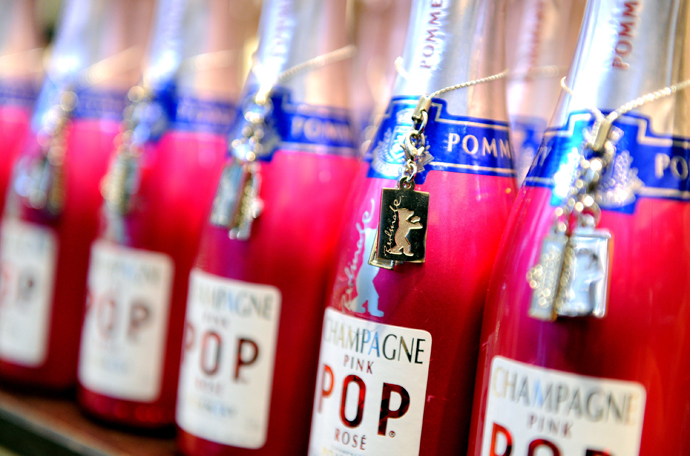
Non-vintage
Normally, a decent wine is expected to be a vintage wine, which means it is made from grapes from a single year (it doesn't necessarily mean it's old; the vintage could be last year). This is not true with champagne. Most high-end champagnes are non-vintage (N.V.): They are a blend of wines from from several different years, for consistency. Vintage champagne does exist — a maker may consider a particular year to have been so good that a blend is made from just the grapes of that year to express its particular character. But many great champagnes are N.V.
Dom Pérignon
Dom Pérignon was a Benedictine monk who lived in the 1600s. He is often credited with inventing champagne, but actually he just improved the process of making it. The Dom Pérignon brand of champagne was introduced in the 1920s by Moët & Chandon as a high-end brand that is always vintage. The brand has since been sold, but it still shares space in the cellars of Moët & Chandon. (Sort of like living with your ex who now has someone new. Awkward.)
First fermentation
Normally, you make wine by fermenting grape juice so that yeast turns sugar into alcohol. With champagne, that's just the start. Makers do a first fermentation, which makes a still wine like any common mortal wine. And then they do the rest of what they do...
Méthode champenoise
There's more than one way to make a sparkling wine. The simplest way would be to take a still wine and carbonate it like soda. This is not what champagne-makers do. Another way would be to bottle the wine before the first fermentation is finished, so the yeast is still producing gas. They used to do this in Champagne a long time ago. Not now. Now they use the méthode champenoise ("Champagne method" — never forget that French is classier). People in many other countries who use the same method call it méthode traditionnelle. And what does this method involve? Two magic ingredients and a whole extra process.
Secondary fermentation
After the wine has been fermented, tasted, selected, blended, and bottled, then the magic happens. And the magic ingredients are... sugar and yeast. These are mixed with some wine from first fermentation. This mixture, called liqueur de tirage, is added to the wine. The bottle is capped with a crown cap (like soda) and left to sit while the yeast eats the sugar and produces a lot of gas. The longer it sits, the finer the bubbles are.
Riddling
The secondary fermentation produces sediment. We do not want sediment in our champagne. After the fermentation (minimum 15 months, but much longer for some), the bottles are put on racks tilted downward, and each bottle is turned a part of a turn several times a day so the sediment settles evenly at the cap. This turning is called riddling (the French term is remuage). Riddling by hand is slow and is done just for the really expensive champagnes. The rest are now turned by a machine called a gyropalette, which does the job in one fifth of the time.
Disgorgement
Once the sediment is concentrated in the neck of the bottle, it is disgorged. This is how: The neck of the bottle is dipped in a solution that is -28 degrees Celsius. This makes what's in the neck freeze. The crown cap is removed and the frozen plug comes out.
Le dosage
Disgorgement causes the loss of a bit of the wine, of course. So a bit of champagne with some sugar mixed in it is added: liqueur de dosage, or le dosage for short. Yes, that's right, more sugar. Because magic ingredient! Just sip your fizz, nod knowingly, and say "C'est le dosage."
Brut
The amount of sugar in the liqueur de dosage determines how sweet the champagne will be (duh). The grades are doux (sweet), demi-sec (semi-dry), sec (dry), extra dry (even dryer), brut (brutally dry), and extra brut (OMG is this ever dry). If no dosage is added, it's brut natural (wicked dry, dude). Most champagne that most wine snobs like now is brut or extra brut. Even extra dry tastes a bit sweet, actually. People used to like their champagne much sweeter than they do now. Brut was introduced just over a century ago.
Muselet
Champagne corks would fire out of the bottles at unpredictable times if they weren't held in by a cage. That cage is called a muselet (like "mew-za-lay"). Do not fire the cork out of the bottle. You'll lose champagne and may hurt someone or break something. And it's just so unsnobbish. Hold the cork tightly, rotate the bottle, and let it come out easily with just a little "psshh."
Sabering
On the other hand, if you really want to make a big splash when you open a bottle of champagne, do not go halfway. Take a saber, hold the wine bottle in the other hand, slide the saber quickly up the neck of the bottle and, at the top part, add a sharp flick of the wrist. The cork will fire off — with the top of the bottle. This may require some practice. Only do it outdoors. Also, the broken-off edge of the neck is possibly the sharpest thing you will ever come near in your life. It has been responsible for many emergency room visits.
Coupe
The famous image of champagne drinking is from a coupe, a broad and shallow glass that allows the effervescence to display brilliantly from a wide surface. It also allows the champagne to get flat much sooner. It has been said that Queen Victoria preferred the coupe because we must not burp. But no decent wine snob will drink champagne from a coupe, burps be damned. You should drink it from a flute, which is a tall, narrow glass that keeps the fizz much longer and displays the bubbles rising in the wine very nicely.
James Harbeck is a professional word taster and sentence sommelier (an editor trained in linguistics). He is the author of the blog Sesquiotica and the book Songs of Love and Grammar.
-
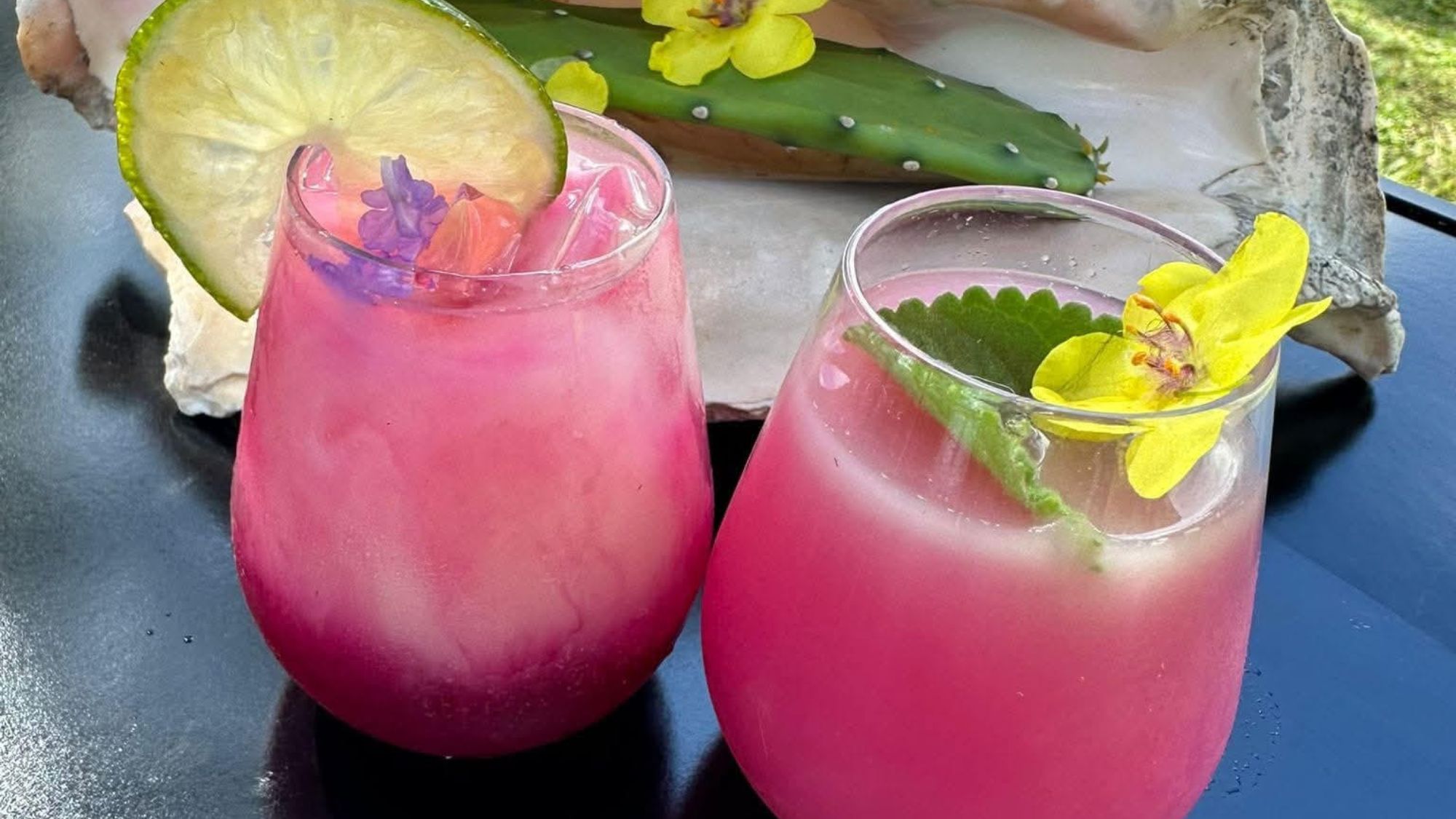 Prickly pear juice recipe
Prickly pear juice recipeThe Week Recommends Jewel-toned, natural juice is a thirst-quenching treat
-
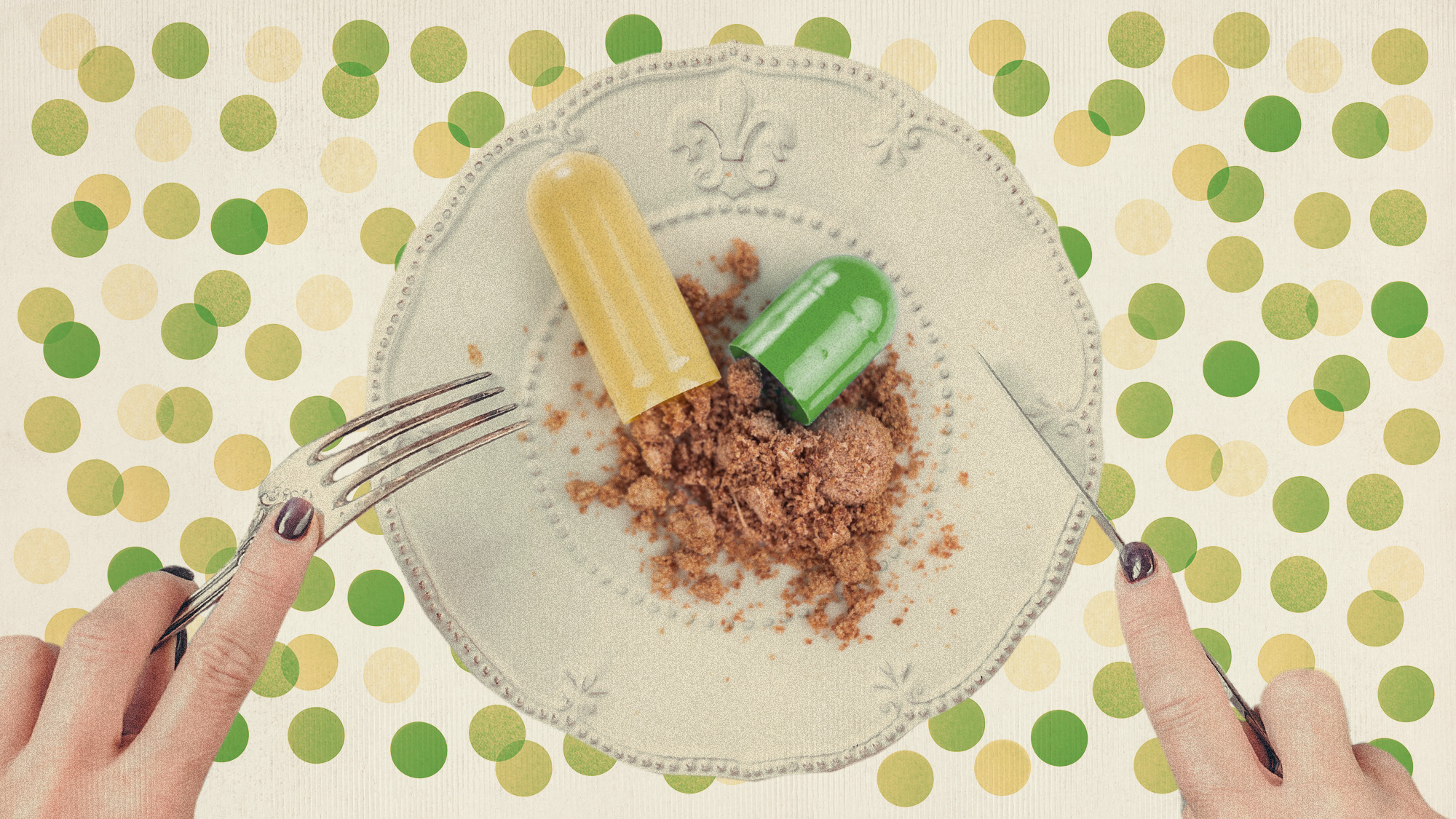 The truth about vitamin supplements
The truth about vitamin supplementsThe Explainer UK industry worth £559 million but scientific evidence of health benefits is ‘complicated’
-
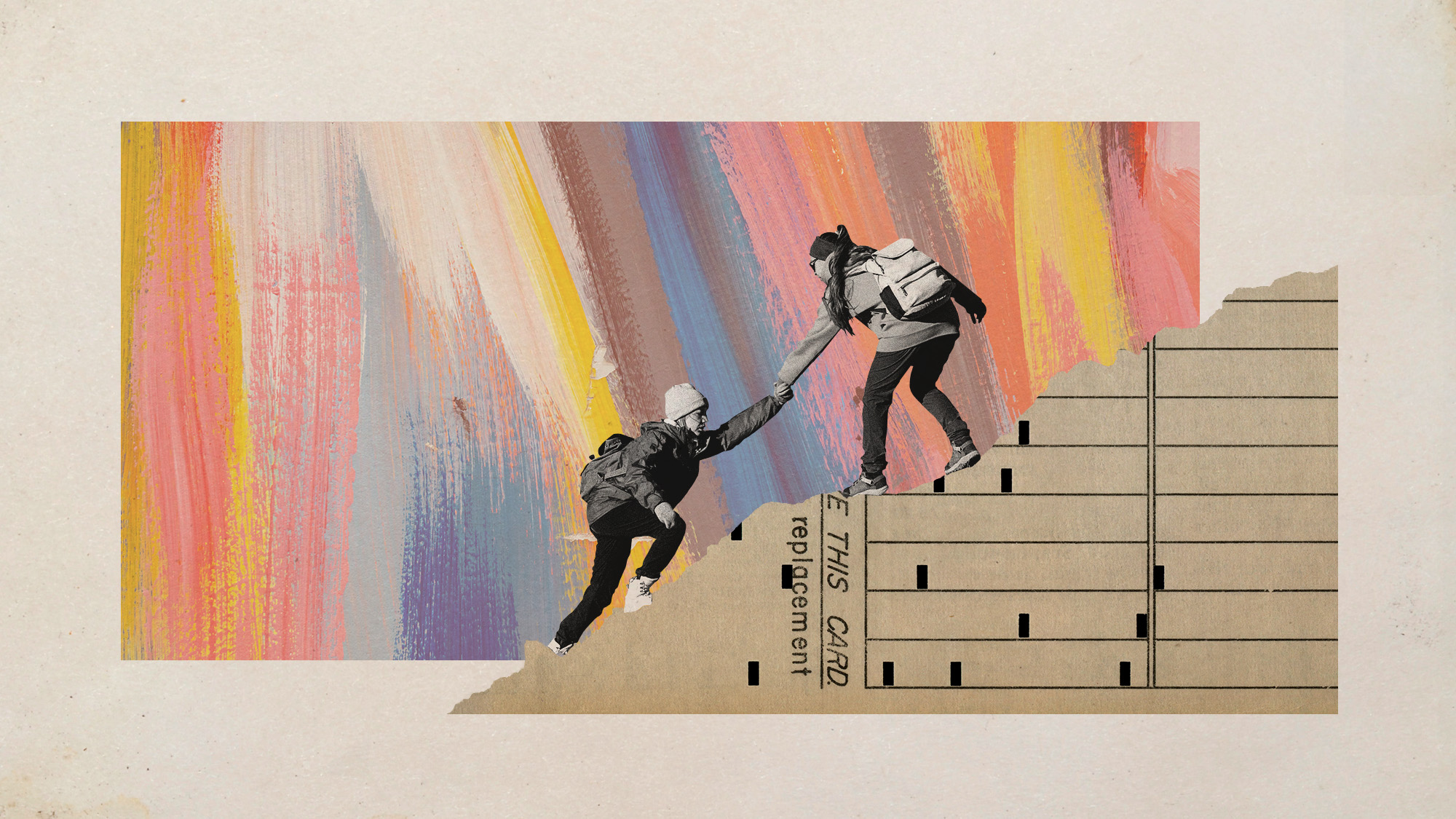 Is convenience culture killing community?
Is convenience culture killing community?In The Spotlight A decline in emotional intelligence could be responsible for a diminished sense of belonging
-
 Walter Isaacson's 'Elon Musk' can 'scarcely contain its subject'
Walter Isaacson's 'Elon Musk' can 'scarcely contain its subject'The latest biography on the elusive tech mogul is causing a stir among critics
-
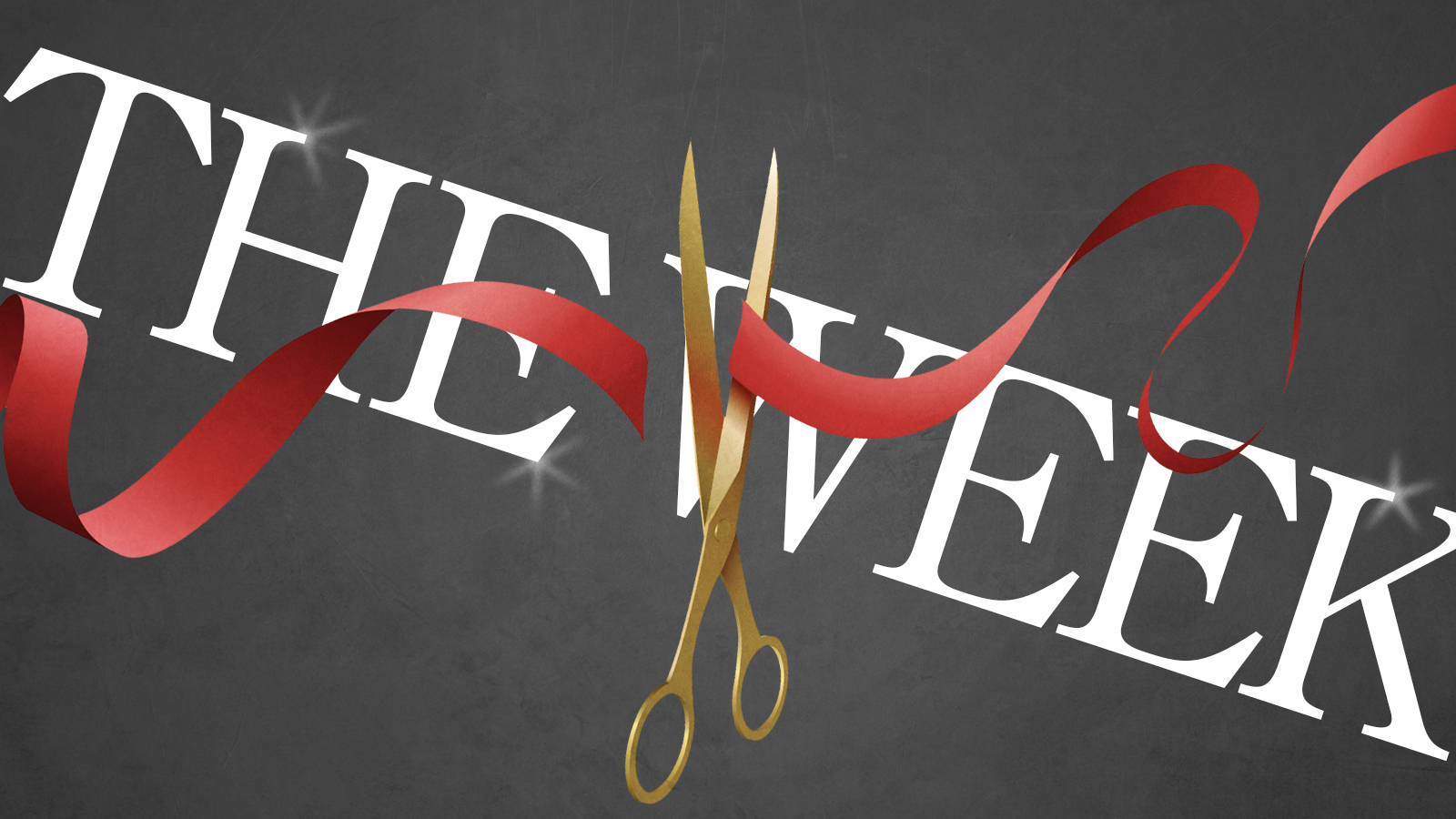 Welcome to the new TheWeek.com!
Welcome to the new TheWeek.com!The Explainer Please allow us to reintroduce ourselves
-
 The Oscars finale was a heartless disaster
The Oscars finale was a heartless disasterThe Explainer A calculated attempt at emotional manipulation goes very wrong
-
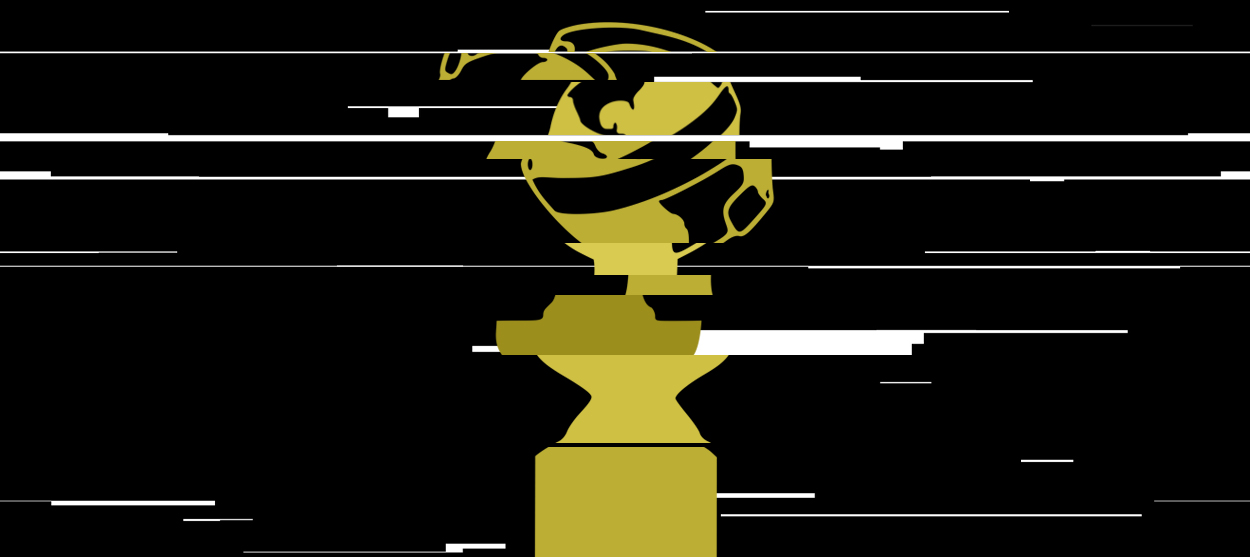 Most awkward awards show ever?
Most awkward awards show ever?The Explainer The best, worst, and most shocking moments from a chaotic Golden Globes
-
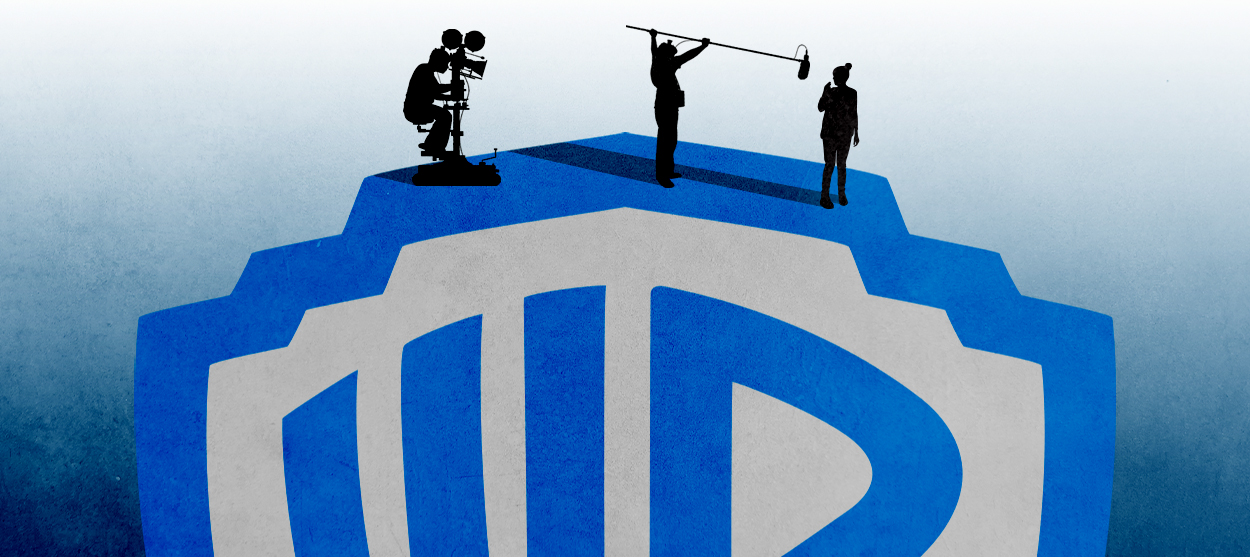 The possible silver lining to the Warner Bros. deal
The possible silver lining to the Warner Bros. dealThe Explainer Could what's terrible for theaters be good for creators?
-
 Jeffrey Wright is the new 'narrator voice'
Jeffrey Wright is the new 'narrator voice'The Explainer Move over, Sam Elliott and Morgan Freeman
-
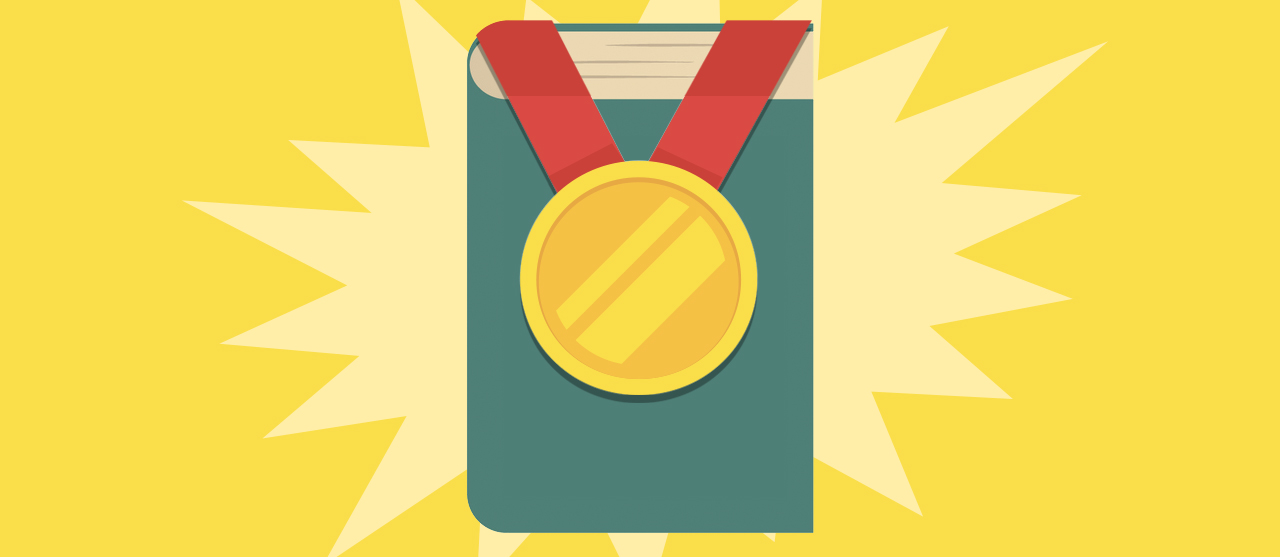 This week's literary events are the biggest award shows of 2020
This week's literary events are the biggest award shows of 2020feature So long, Oscar. Hello, Booker.
-
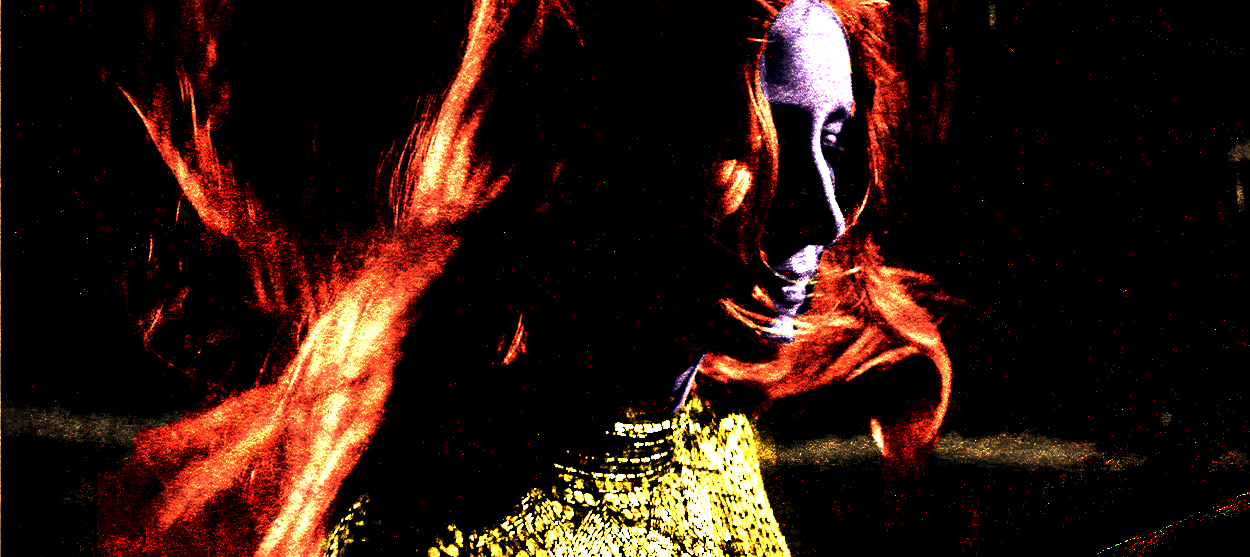 What She Dies Tomorrow can teach us about our unshakable obsession with mortality
What She Dies Tomorrow can teach us about our unshakable obsession with mortalityThe Explainer This film isn't about the pandemic. But it can help viewers confront their fears about death.
